EDITORIAL
Published on 10 Sep 2020
Editorial: Intravital Microscopy Imaging of Leukocytes
doi 10.3389/fimmu.2020.02137
- 1,921 views
- 3 citations
24k
Total downloads
95k
Total views and downloads
Select the journal/section where you want your idea to be submitted:
EDITORIAL
Published on 10 Sep 2020
ORIGINAL RESEARCH
Published on 12 Aug 2020
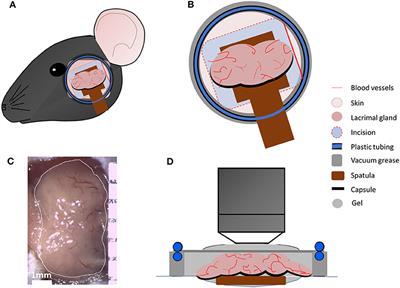
ORIGINAL RESEARCH
Published on 07 May 2020
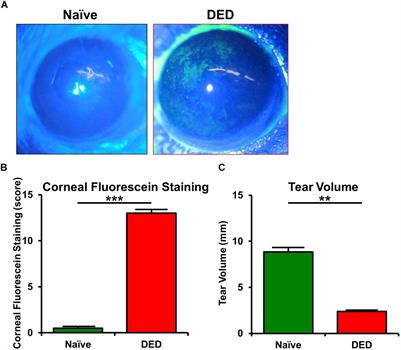
ORIGINAL RESEARCH
Published on 21 Feb 2020
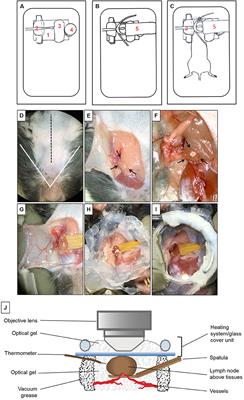
REVIEW
Published on 04 Feb 2020

REVIEW
Published on 31 Jan 2020

ORIGINAL RESEARCH
Published on 15 Jan 2020

ORIGINAL RESEARCH
Published on 08 Jan 2020
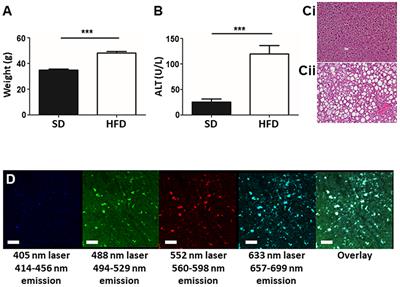
METHODS
Published on 29 Nov 2019
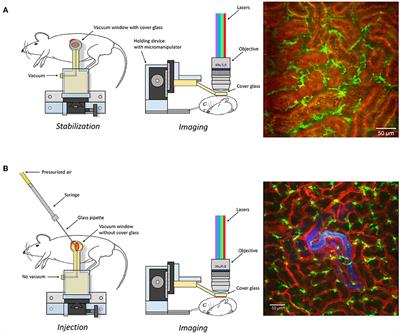
REVIEW
Published on 26 Nov 2019

ORIGINAL RESEARCH
Published on 20 Nov 2019

METHODS
Published on 27 Aug 2019


Frontiers in Oncology